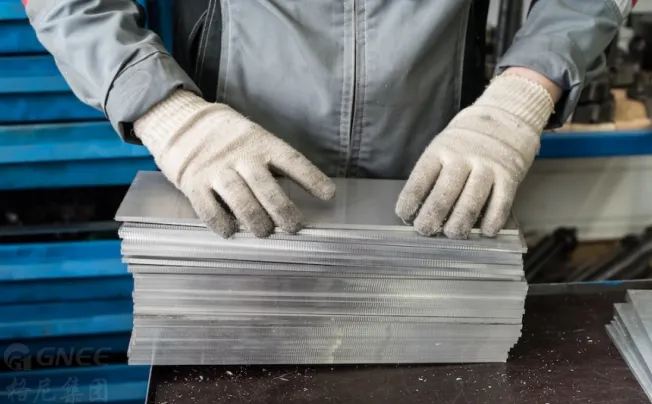12 Tips to Identify the Quality of Stainless Steel Plates
There are many different ways to identify stainless steel plates, Here are the following commonly used tips:
1. Observing the Surface
First of all, appearance is one of the important indicators for judging the quality of stainless steel plates. The surface of high-quality stainless steel plates should be smooth and flat, with no obvious depressions, ridges, or scratches. At the same time, there should be no obvious rust, oxidation, or cracks on the surface. Good appearance condition usually means that the manufacturing process and material selection of the stainless steel plate are good.
2. Considering Thickness and Weight
The thickness and size of stainless steel plates are also important indicators for identifying quality. Stainless steel plates should have a certain sense of weight and texture, and there should be no obvious burrs, edges, etc. in the hand.
Use a measuring tool, such as a micrometer or tape measure, to check that the thickness of the steel plate meets specifications. Additionally, make sure the dimensions of the steel plate are accurate and match your needs.
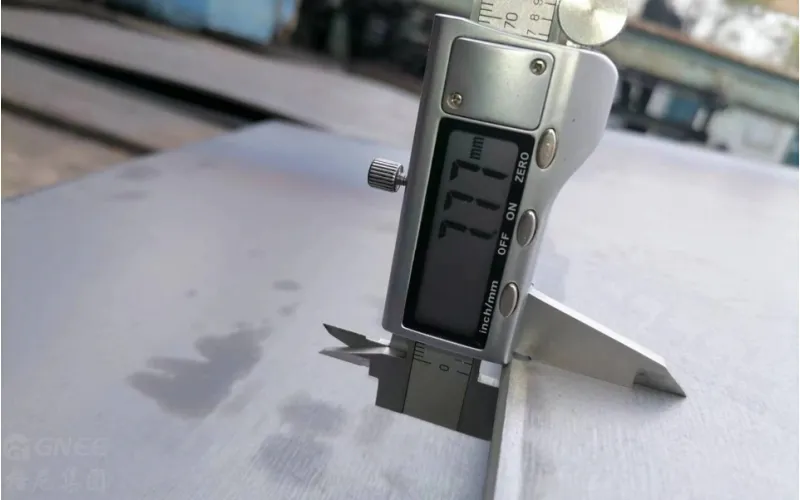
3. Viewing Color
We can find that the quality of stainless steel plates can be distinguished from different colors, thus distinguishing the chromium stainless steel plate, chromium-nickel stainless steel plate, and chromium-manganese-nitrogen stainless steel plate. The identification method is as follows:
Stainless Steel Plate after Pickling:
The surface of the acid-washed stainless steel plate is silvery-white and smooth;
The chromium-nickel stainless steel plate is silvery-white with a jade color;
The chromium stainless steel plate is slightly grayish-white with a weak luster;
The chromium-manganese nitrogen stainless steel plate is similar to chromium-nickel stainless steel in color and slightly lighter.
Stainless Steel Plate Without Pickling:
Chrome-nickel stainless steel plate is brownish-white;
chrome stainless steel is brownish-black;
and chrome-manganese-nitrogen stainless steel is black (the three colors refer to heavier oxidized color).
Besides, the cold rolled unannealed chrome-nickel stainless steel plate has a silver-white reflective surface.
4. Magnet Test
It is claimed that alloys are mixed so that the steel can have a better performance. However, people have developed this misconception that stainless steel is not attracted to magnets. But, this is not completely true. The magnet can distinguish between two types of stainless steel plate.
Chrome stainless steel plates can be attracted by magnets under any condition; while chromium-nickel stainless steel plates are generally non-magnetic in the annealed state, and some may be magnetic after cold working.
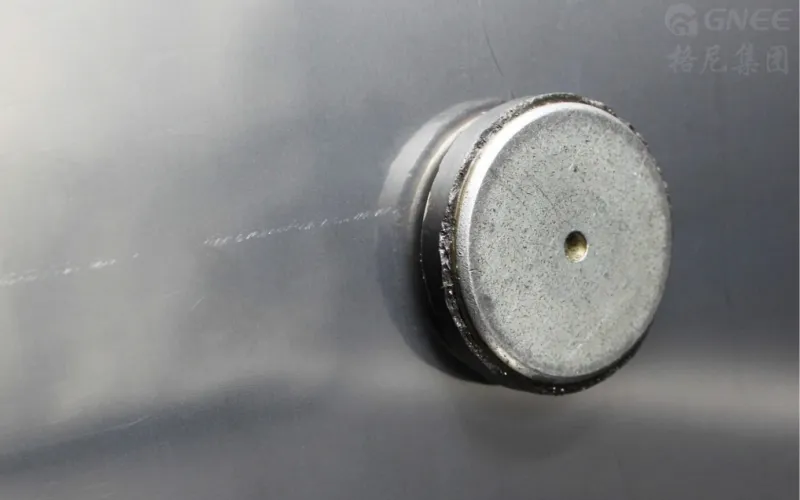
5. Copper Sulphate Identification
To determine the quality of stainless steel plates can be conducted by having a copper sulfate test.
To conduct the test, the surface of the material must be cleaned thoroughly of grease and other contaminants. Then, remove the oxide layer on the steel, put a drop of water, and rub it with copper sulfate. If it does not change color after rubbing, it is usually the stainless steel plate. If it turns purple, the non-magnetic steel is high manganese steel, and the magnetic steel is generally ordinary steel or low alloy steel. If it forms a layer of copper, it is carbon steel.
6. Chemical Qualitative Identification
To identify the quality of stainless steel sheets, one can use the chemical qualitative identification method. This method identifies if the steel has magnetic stainless steel has nickel content in it.
The process involves dissolving the stainless steel in a diluted acid solution. Then, one can add ammonia water and a nickel reagent.
If the stainless steel contains nickel, a red fluffy substance will be formed on the surface; if there is no red fluffy substance, the stainless steel does not contain nickel.
However, if the nickel content in the sheet is too low, generally only a few percent, it can’t be detected by this method, standard sample experiments must be conducted.
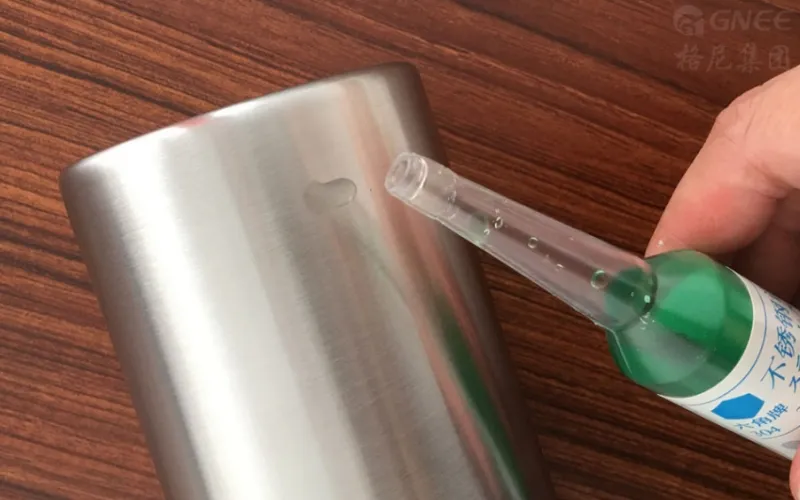
7. Stainless Steel Identifying Reagent
Using the stainless steel identifying reagent, one can easily identify inferior stainless steel plates. For example, to identify 304 stainless steel plates, one can use the stainless steel identifying reagent for testing. If it is true 304, using the 304 type identifying reagent or Ni8 type classification reagent should result in corresponding color changes. Otherwise, it is not true 304.
At present, although the stainless steel identifying reagent has many brands, the products seem to be the same and can be divided into two types. One type does not need a battery and the other one needs to be equipped with a battery.
8. Annealing Method Identification
The final way to identify the quality of stainless steel is through the annealing method. This is a process where the material is heated so that it softens so that the properties can be reset.
For cold-worked chrome-nickel stainless steel plate, if it is magnetic, we can take a small piece and put it in a fire until it is reddish, let it cool naturally, or put it into water to anneal. Generally, after annealing, the magnetic properties will be significantly weakened or completely disappear. However, some chrome-nickel stainless steels, such as Cr18Ni11Si4AlTi steel and Cr21Ni5Ti steel, have a large proportion of ferrite in their steel, and a considerable part of their internal structure is ferrite. Therefore, it is magnetic even in the state of hot working.
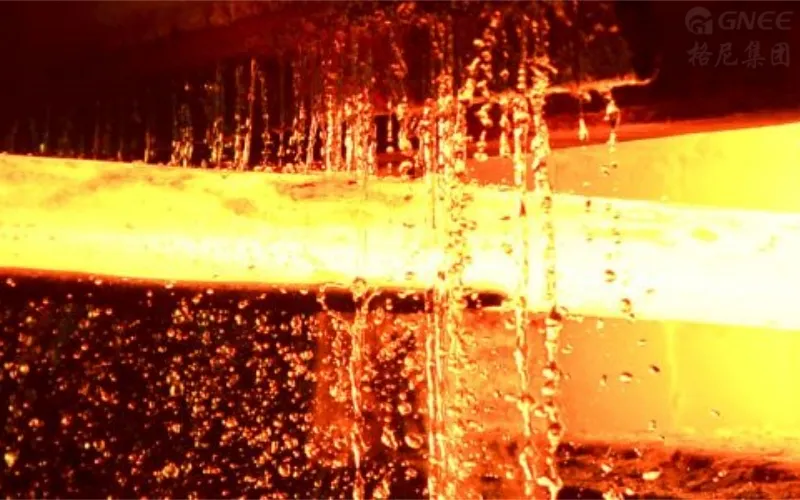
9. Stainless Steel Plate Source Identification
We can check the quality certificate provided by the import or steel factory, and check the steel mark on the packaging. The quality certificate is the supplier’s confirmation and guarantee of the test results of the batch of products. Therefore, the quality certificate must state not only the name, specification, number of delivered parts, weight, and delivery status of the materials but also the results of all the specified warranty items. Likewise, for ease of management, to avoid confusion, and to prevent accidents of use due to confusion, the production plant marks the material or packaging with signs such as number, lot number, condition, specification, quantity, and production plant code. It shall be marked in a manner consistent with the contents of the certificate of quality.
10. Grinding
The identification of the grinding is to grind the stainless steel plate on the grinder and observe the spark. If the spark is streamlined and has more dense knots, it is a high manganese or manganese nitrogen steel with a higher manganese content. If there is no knot, it is chrome steel or chrome-nickel stainless steel plate.
11. Price
If the price is lower than the normal market price of stainless steel plates, there is a high possibility that it is fake. Remember to carefully screen it to determine its authenticity.
12. Other Aspects
We can also conduct mechanical performance testing and corrosion resistance testing, which is also one of the indicators of the quality of stainless steel plates.
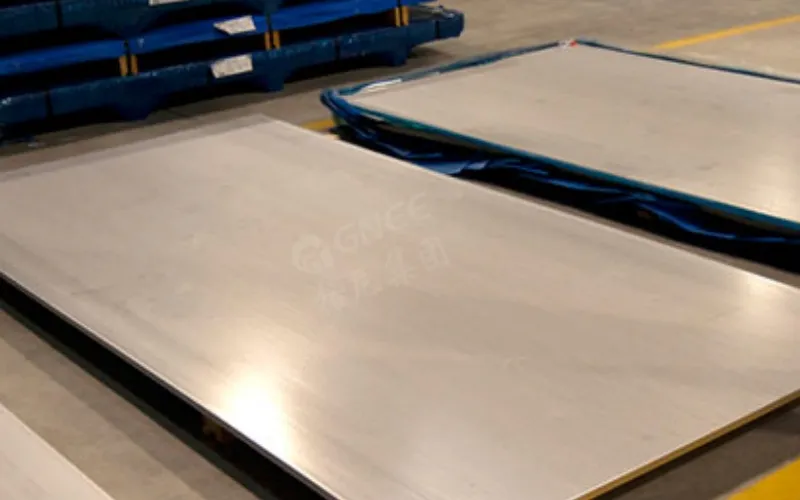
Conclusion
To sum up, the above are several common methods of testing the quality of stainless steel plate products. You can choose the appropriate testing method according to the actual situation. If you have any questions, please feel free to contact us at any time.


